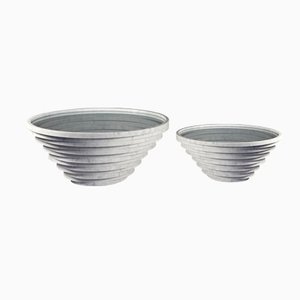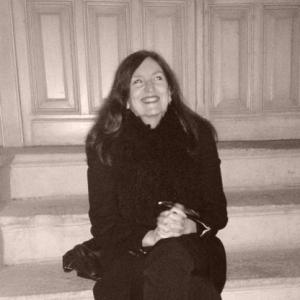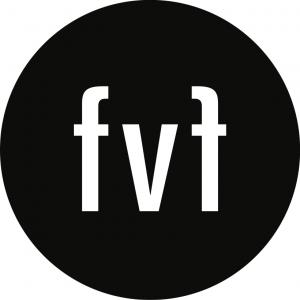Freunde von Freunden takes us on a studio visit with Álvaro Catalán de Ocón
Life-Work Balance
By all appearances, Spanish designer Álvaro Catalán de Ocón lives and works in one of the uncoolest areas of Madrid—which, as it happens, is precisely what makes it as cool as it ultimately is. There are no trendy restaurants or shops. No art galleries to be found. In this working class corner of the city, you may not spot hipsters strolling the streets, but what you will find is a rare authenticity and a richness that’s long vanished from more centrally located regions of Spain.
Catalán de Ocón is perhaps best known for his acclaimed PET Lamp, a project that marries industrial lighting with regional textile techniques. It’s a social and artistic endeavor that continues to evolve, having already reached communities in Colombia, Chile, and Ethiopia, with several others on the horizon. It’s also a project that’s changed the way the designer approaches work and living, and the spaces in which both take place. “As a designer, in the beginning,” he says, “you’re always focused on making beautiful things. But beauty should be inherent to anything you do. There’s much more to it than that.”
Freunde von Freunden visited Catalán de Ocón to learn more about his thoughtful and harmonious approach to life and work.
FvF: You studied business at Madrid University before transitioning to a career in design. How did you decide to make that switch?
ACO: I knew when I was studying business that it wasn’t of real interest to me. I painted and did sculpture and was very interested in architecture—I knew that working in a bank wasn’t going to be my life. In my second year of university, I did my military service and that ended up being a bit of a turnaround year. I decided I’d continue to study business for another two years, but straight after, I went on to another university to study design. At the time, I was becoming more and more interested in three-dimensional creative practices over graphics and painting and photography. I was more interested in architecture and that brought me a bit closer to what I’m doing now.
FvF: These days, you’re best known for your PET Lamp, a project that combines industrial lighting with regional textile crafts, that had its beginnings in Colombia. What brought you there, and how did the idea for the lamps come about?
ACO: My daughter is half Colombian, so I’m linked to the country in that way. I was on a summer holiday with a group of artists who were doing a project with plastic bottles in the Amazon River. At the time, I was looking for a project to do in Colombia in order to get to know the country better and to get involved in the crafts community, which is very rich there. So that’s how it all started. We developed the first lamp prototypes here in Madrid and got in contact with a public organization, Artesanías de Colombia, whose aim was to keep craftsmanship alive in local communities. Together, we did our first workshop there in 2012.
Now, we’ve moved on to Chile and Ethiopia. We wanted to see how the concept would be interpreted by different cultures. Plastic bottles are everywhere, after all, and basket-making is one of the oldest crafts techniques humans have developed. It’s even older than pottery. The project’s been an excuse not just to get to know Colombia better, but to get to know the world. It’s become more than just a design project. It’s a way of meeting people, of seeing the world; not as a tourist, but as a local.
FvF: Have you had the opportunity to meet the artisans you’re working with?
ACO: All of them. We’ve gotten to see how their lives have changed since becoming involved with the project. In Colombia, the artisans used to come to the place where we’d meet, walking from three hours away. And now they have motorbikes, or they come by taxi. It’s really changed the way they live in the city. They’ve built up their own small economy. They’re professionals now—they can work legally; they can do invoices. The project’s become a starting point for building up their own small businesses.
FvF: Has this changed the way you’ve approached your work moving forward?
ACO: Yes. I believe that designers shouldn’t necessarily have a signature style—instead, they should have a method of work. The PET Lamp project was a response to a certain brief, and when I receive a different brief, I’ll have a different response. Every project certainly leaves a very strong impact. Each one gives you new tools and new ways of understanding global problems, as well.
FvF: How do you see the project continuing to evolve?
ACO: It’s become quite big, so it’s not as easy to handle as before. We have an organization here in Madrid that runs the three projects we have in Colombia, Chile, and Ethiopia, and we’re getting approached by different organizations and people who are interested in developing their own projects in other countries. In 2016, we’ll be working with a museum in Victoria on a project with an aboriginal community in Australia. We’re also hoping to do workshops in Kyoto and Cape Town. At this point, the project has its own life—if someone is interested in doing the project elsewhere in the world, he can contact us.
FvF: Did you always intend to incorporate public and private spaces within your work-living space?
ACO: It’s natural to the activities I do here. During the day, we use the table as a meeting place for the seven people who work in the studio, and in the evenings, I use it for dinner with friends. The hammock is sort of a psychological border, like a barrier that divides the public and private sides. I included some curtains that I can close for privacy and even a doorbell by Droog Design. The bird there, Pepe, is free to get out of the cage and fly around whenever he feels like it.
FvF: What kind of books do you find yourself gravitating toward most often?
ACO: I buy many art books. In terms of literature, I read more essays than novels. Right now, I’m reading a book by a Korean philosopher who lives in Berlin, which I’m finding quite interesting (Die Müdigkeitsgesellschaft by Byung-Chul Han). These books are a continuous reference in my work. I believe very much that you must buy a book the moment you feel an attraction to it. If you are looking around at a book shop and you feel attracted to a book, you should buy it then and there. If you buy it five years later, it will lose that attraction you felt for it. All of those books in my shelf I’ve felt that way about. I’ve built the way I think around them. And I have a very bad memory, so they are a way to keep track of my ideas.
FvF: What about music? Who’s been your greatest inspiration?
ACO: I like all kinds of music. Bob Dylan is a strong inspiration for me. His life and work are so connected, and what he does is so genuine. He’s always reinventing himself; he’s always in search. He’s not trying to do "beautiful" music. I identify with that. As a designer, I’m not particularly interested in comfort. I believe that a bit of cold and hunger keeps you alert and alive.
This excerpt comes to us courtesy of our friends at Freunde von Freunden and writer Ana Domínguez Siemens. Check out the rest of the story here.
-
Text by
-
Ana Domínguez Siemens
Ana is an award-winning, Madrid-based design writer and curator who regularly contributes both to exhibition catalogues and publications such as AD España, Vogue España, Diseño Interior, and DAMn°.
-
-
Story by
-
Freunde von Freunden
FvF is an independent and international publication documenting inspiring people from diverse creative and cultural backgrounds.
-
More to Love
Marble Vase by Paolo Ulian & Moreno Ratti, 2014
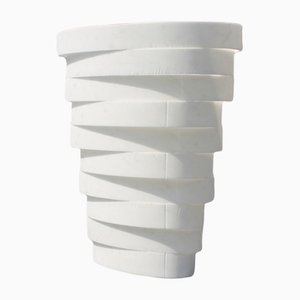
Little Gerla Vase by Paolo Ulian & Moreno Ratti (Medium size), 2015
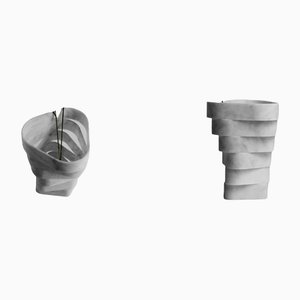
Little Gerla Vase by Paolo Ulian & Moreno Ratti, 2015

Extra Large Little Gerla Vase by Paolo Ulian & Moreno Ratti, 2015
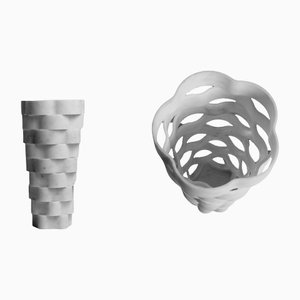
Intreccio Marble Dish by Paolo Ulian & Moreno Ratti, 2015
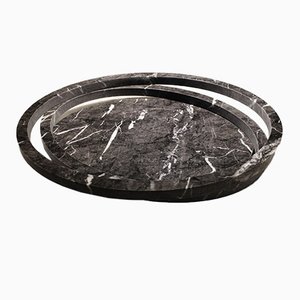
Radiator Chair by Boris Dennler
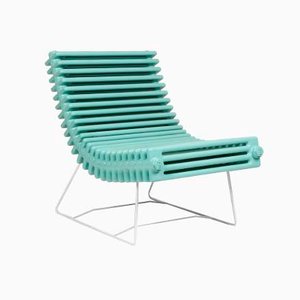
Pixel Multiuse Wall Panel by Paolo Ulian for Bufalini Marmi
Small Moiré Screen by Paolo Ulian for Bufalini Marmi
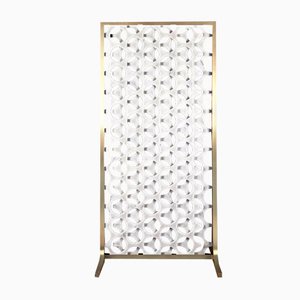
Medium Moiré Screen by Paolo Ulian for Bufalini Marmi
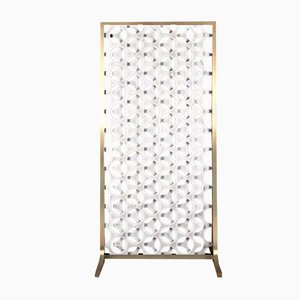
Large Moiré Screen by Paolo Ulian for Bufalini Marmi
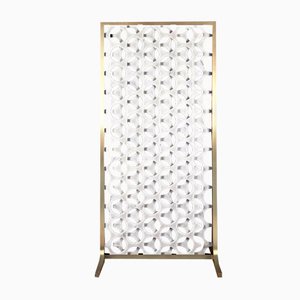
Tall Pixel Vase by Paolo Ulian for Bufalini Marmi
Pixel Vase by Paolo Ulian for Bufalini Marmi
Flat Pixel Vase by Paolo Ulian for Bufalini Marmi
Small Gomitolo Table by Paolo Ulian for Bufalini Marmi
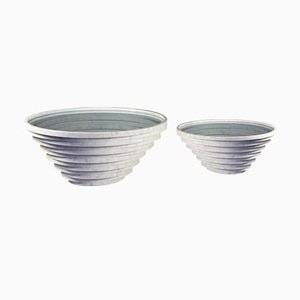
Little Gerla Size S from Paolo Ulian & Moreno Ratti

Large Gomitolo Table by Paolo Ulian for Bufalini Marmi
